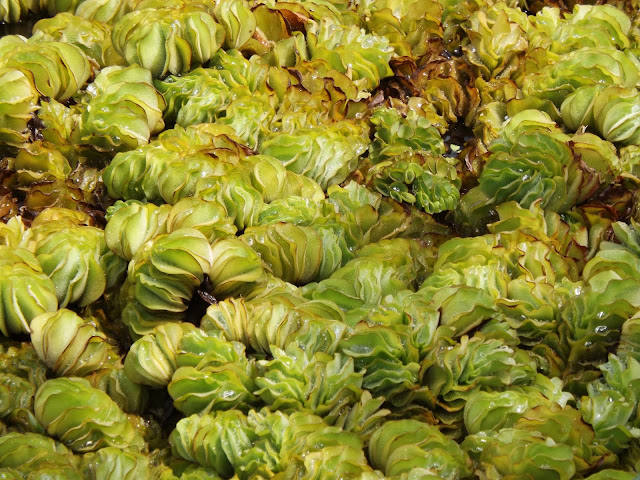Tulsi or Sacred basil, Ocimum tenuiflorum

Tulsi o r Sacred basil ( Ocimum tenuiflorum , family: Lamiaceae) is an odorous perennial herb or undershrub with many branches attaining a height of 1-1.5 m. Almost whole body of the plant is covered with hairs. Stem is woody, furrowed and quadrangular. Like many other herbs (Dhutra, Begun, Pepper) the plant can be purple. It is found everywhere in Bangladesh as a medicinal as well as sacred plant to Hindu community. It has spread across a huge global range, extending from the Arabian Peninsula to East Asia as well as Pacific Islands to Australia. Other names: Kalo tulsi (Bang); Tulasi, Ajaka (Sans); Holy basil (Eng). Leaves are strongly scented, green or purple, hairy, ovate-broadly elliptical, 2-5 cm long and 1-1.5 cm wide, opposite, irregularly dented, petiole 2-3 cm long. Flowers are tiny, white or purplish, 3-8 on terminal inflorescence (12-25 cm long). Corolla bilabiate, petals 5, calyx divided into two parts, Stamens 4. It produces flower almost round the yea...






